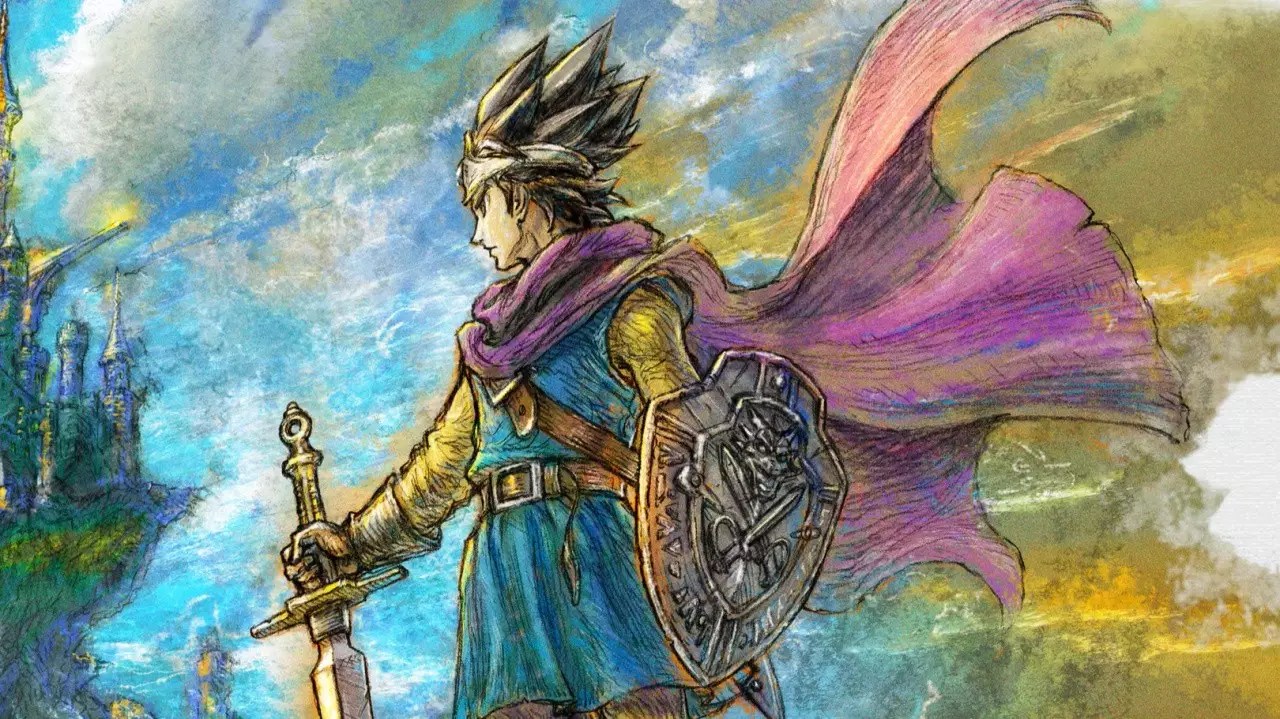The recent announcement surrounding the Dragon Quest series signals a captivating shift in how nostalgic RPGs are reimagined for modern hardware. Square Enix’s decision to enhance the beloved classics with upgraded performance on the Nintendo Switch 2 reveals a strategic move to bridge the gap between cherished tradition and cutting-edge technology. It’s inspiring to see developers recognize the importance of preserving the essence of their iconic titles while pushing the boundaries of visual fidelity and gameplay fluidity. This approach not only rekindles excitement among long-time fans but also paves the way for attracting new players eager to experience these masterpieces on the latest consoles.
The Power of Player Choice and Visual Fidelity
One of the most commendable aspects of the latest update for Dragon Quest III HD-2D Remake is the introduction of flexible performance modes. Offering players the option to prioritize either silky smooth 60 frames-per-second gameplay or stunningly crisp visuals demonstrates a commendable respect for player agency. This duality allows users to tailor their experience based on personal preferences, whether it’s the thrill of seamless combat or the immersion of breathtaking environments. This level of customization reflects a broader industry trend—empowering gamers and emphasizing quality of experience—making the game not just a nostalgic trip but a sophisticated modern product.
Expanding the Legacy with New Content and Platforms
The surprise reveal of Dragon Quest I & II’s HD-2D remakes arriving on both Switch and Switch 2 indicates a significant push towards revitalizing the entire franchise for next-generation consoles. The inclusion of a new character, the Princess of Cannock, hints at fresh storytelling possibilities, even within the familiar frameworks of these classics. By offering a native Switch 2 version without an upgrade path from the original, Square Enix underscores a commitment to producing optimized, high-quality experiences tailored specifically for advancing hardware capabilities. This decision, while potentially limiting upgrade options, underscores a focus on delivering the best possible visual and performance standards when players make the leap to new hardware.
Charting a New Course for Retro Gaming
The strategic release of these remakes and updates signifies more than just a commercial endeavor; it marks a philosophical statement about the value of nostalgia in an evolving gaming landscape. By harnessing modern technology to breathe new life into classic titles, Square Enix demonstrates that the past and future can coexist beautifully—if approached with innovation and respect. It invites players to reconsider what it means to revisit old favorites, now rendered with modern polish, on the most advanced consoles available. This bold approach sets a precedent not just for the Dragon Quest franchise, but for the broader industry’s commitment to preserving and enhancing gaming history amid technological leaps forward.


Leave a Reply